A cryogenic tank is used for storing various chemicals and elements. It is made of durable material that allows it to preserve different cryogenic liquids and gases. For example, liquid nitrogen containers offer safe loading and distribution of liquid nitrogen for industrial use. Ordinary storage materials are not capable of withstanding the strength of liquid nitrogen gas. Thus, special micro bulk tanks must be used.
Loading chemicals into the cryogenic tanks
Vaporizers are used to load cryogenic containers with the needed chemicals. This is because most liquid gases are very sensitive to outside forces. Liquid nitrogen may also cause chemical reactions when exposed to excess shaking and movement while being transferred into a liquid nitrogen storage tank. The vaporizer is crucial for keeping strong chemicals stable all throughout the packaging process.
Tight-seal the contents within the cryogenic tanks
A cryogenic storage tank keeps components secure until they are ready for use. A liquid nitrogen transport container should remain sealed to ensure no sudden leaks during transport from the factory to the distributor. It is essential that a liquid nitrogen tanker is hermetically-shut to prevent contamination and evaporation of its contents. Double-walled insulation supports the tank's ability to stay closed. The walls provide thermal protection for cryogenic fluids while in storage. The purity of liquid nitrogen gas relies heavily on the proper sealing of its liquid nitrogen storage container, especially since it is sensitive to changes in temperature. Proper sealing stabilizes the temperature inside the tanker.
The cryogenic container comes in different forms
Storage containers come in different sizes to match certain chemicals. A small liquid nitrogen container can only hold a limited amount of liquid nitrogen. Bigger cryogenic units are designated to be used for holding liquid oxygen, carbon dioxide, and liquid hydrogen. Some elements are denser and heavier than others. The tanker size will depend on how the chemical behaves while at rest inside the cryogenic tank.

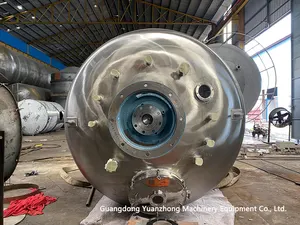

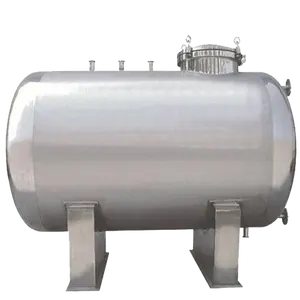





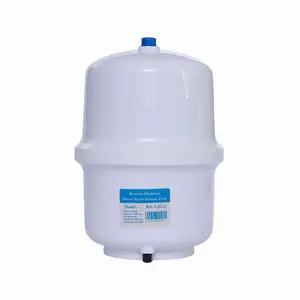

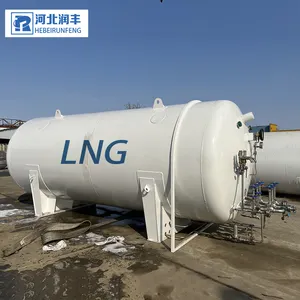
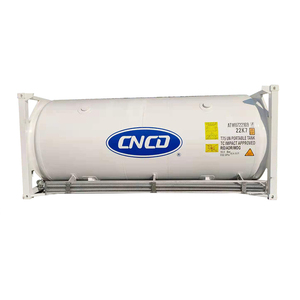





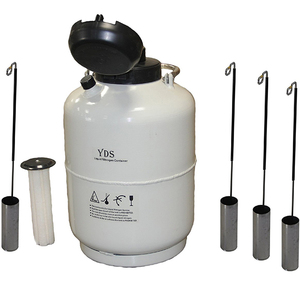






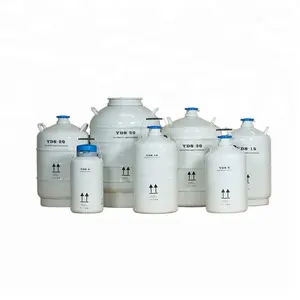






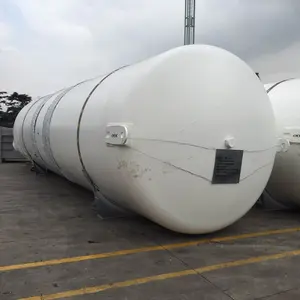

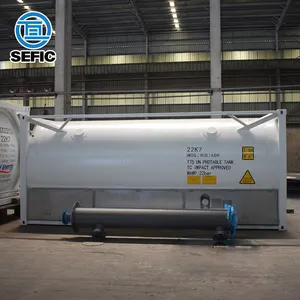




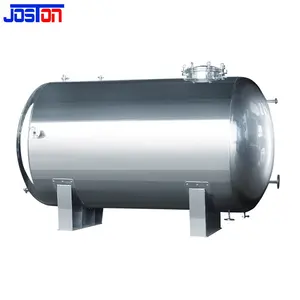
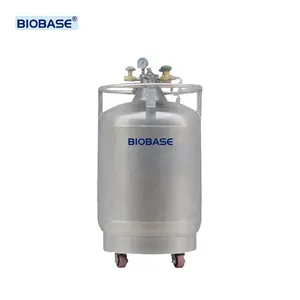


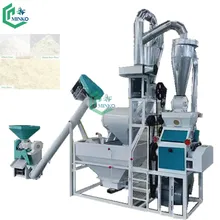


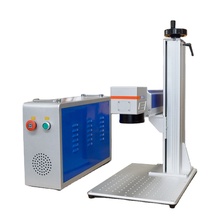



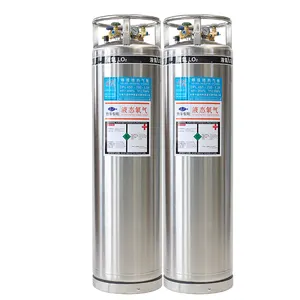
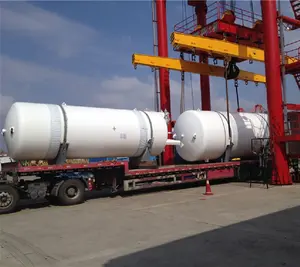
























 浙公网安备 33010002000092号
浙公网安备 33010002000092号 浙B2-20120091-4
浙B2-20120091-4